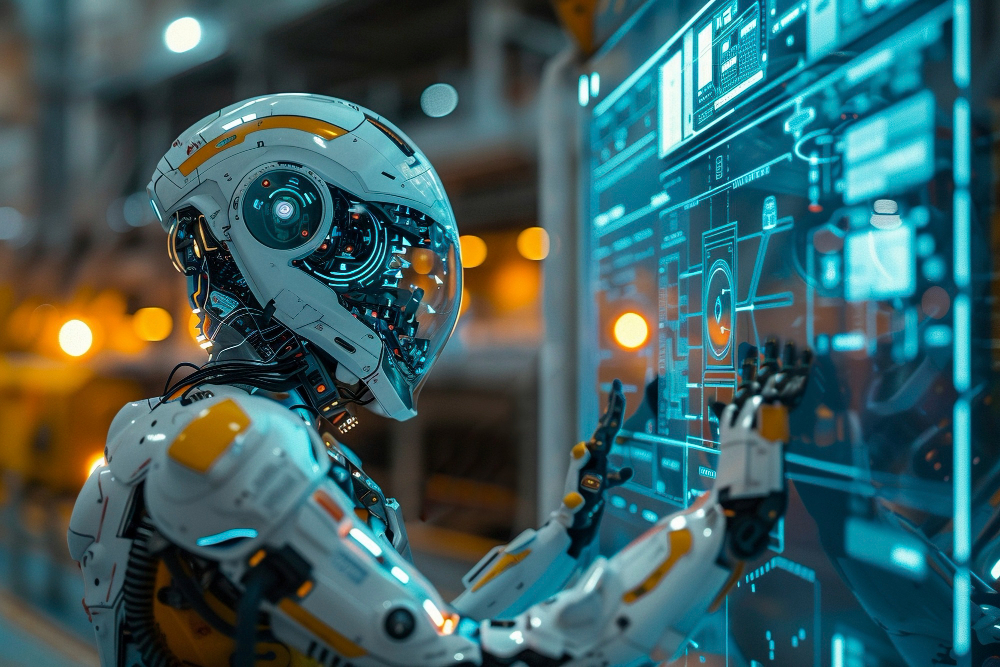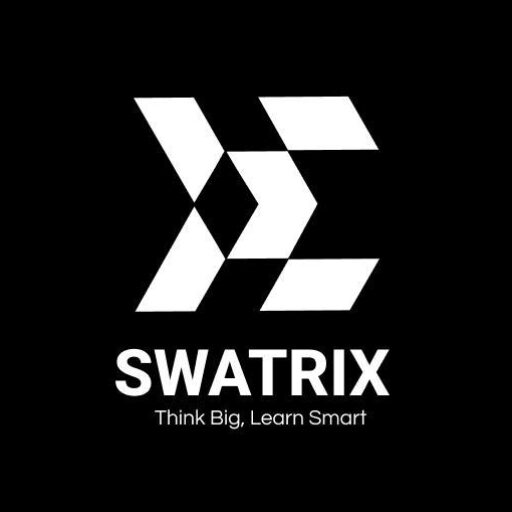Robotics
Robotics involves the design, construction, operation, and application of robots to perform tasks traditionally carried out by humans. It blends multiple disciplines, including mechanical engineering, electrical engineering, computer science, and artificial intelligence, to create autonomous or semi-autonomous systems capable of interacting with their environments. Robotics technologies are widely used in industries such as manufacturing, healthcare, space exploration, and autonomous transportation, enhancing efficiency, precision, and safety.
Reviews 4.7 (253 user ratings):
4.721 students
Price:
₹ 5000/-
The field of robotics is rapidly advancing, with applications ranging from industrial automation to service robots and intelligent machines. While robotics presents numerous opportunities for innovation and societal benefit, challenges such as ethical considerations, human-robot collaboration, and the implications of automation on employment necessitate careful research and responsible implementation.

Course Descriptions :
“Introduction to Robotics” provides a foundational overview of robotics, exploring its history, core concepts, and practical applications. Participants examine robot anatomy, sensors, actuators, and control systems, gaining insight into the interdisciplinary nature of robotics and its real-world significance.
“Programming for Robotics” focuses on imparting essential programming skills using languages like Python and C++, tailored for robotic systems. Participants learn to write code for robot control, sensor integration, and task automation, with hands-on experience in developing functional robotic applications.
“Mathematical Foundations for Robotics” covers the mathematical principles underlying robot design and control. Topics include linear algebra, kinematics, dynamics, and control theory, equipping participants with the analytical tools required to understand and develop robotic systems.
“Sensors and Actuators in Robotics” delves into the mechanisms robots use to perceive and interact with their environments. Participants explore various sensors (e.g., vision, ultrasonic, and IMU) and actuators (e.g., motors and servos), learning how to integrate these components for precise and responsive robot operation.
“Robot Kinematics and Dynamics” investigates the motion of robots, including forward and inverse kinematics, dynamics, and trajectory planning. The course emphasizes mathematical modeling and practical implementation for controlling robotic manipulators and mobile platforms.
“Embedded Systems for Robotics” introduces the hardware and software used in embedded systems to control robots. Participants work with microcontrollers (e.g., Arduino, Raspberry Pi) to design and program robotic systems, gaining experience with real-time operation and hardware-software integration.
“Control Systems in Robotics” covers essential control techniques for autonomous and semi-autonomous robots. Topics include PID control, state-space methods, and advanced motion planning algorithms, emphasizing practical applications in mobile robots and robotic arms.
“Industrial Robotics and Automation” examines the role of robots in modern industrial environments. Participants learn about robotic arms, automated assembly lines, and machine vision systems, focusing on optimizing processes and improving productivity through robotics.
“Introduction to Humanoid and Service Robots” discusses the design and applications of robots intended to assist humans. Participants explore human-robot interaction, mobility, and task execution, gaining insight into the unique challenges and innovations in humanoid and service robotics.
“Robotic Vision and Image Processing” covers the principles of computer vision as applied to robotics. Participants learn techniques for image acquisition, feature extraction, and object recognition, enabling robots to interpret visual data and perform complex tasks.
“Autonomous Navigation and Path Planning” addresses the algorithms and strategies for enabling robots to navigate environments independently. Participants study SLAM (Simultaneous Localization and Mapping), obstacle avoidance, and global path planning methods for real-world applications.
“Swarm Robotics and Multi-Robot Systems” explores collective behavior and coordination among multiple robots. Participants learn algorithms for distributed control, swarm intelligence, and cooperative task execution, with applications in search-and-rescue and logistics.
“Human-Robot Interaction (HRI)” investigates the communication and collaboration between humans and robots. Participants study user interfaces, social robotics, and ethical considerations, focusing on developing safe and intuitive human-robot partnerships.
“Advanced Robotics and AI Integration” examines the intersection of robotics and artificial intelligence. Participants explore deep learning, reinforcement learning, and cognitive robotics, focusing on advanced autonomy and intelligent decision-making capabilities.
“Hands-On Projects” is a practical course centered on applying acquired skills to real-life situations. Participants engage in hands-on projects across robotics domains, including mobile robots, industrial automation, and HRI. The course emphasizes problem-solving, teamwork, and technical communication, allowing participants to showcase their expertise through a robust project portfolio.
This course includes:
- 30 hours on-demand video
- 6 months access
- Access on mobile and TV
- Free Webinar
- Certificate of completion
Student Testimonials for Robotics
- Best Conference
- 100% Certified & Trusted
- Enjoy 24/7 World Class Support
The Robotics course gave me hands-on experience with sensors, motors, and microcontrollers. Building my own robot was the most exciting part of my learning journey!
